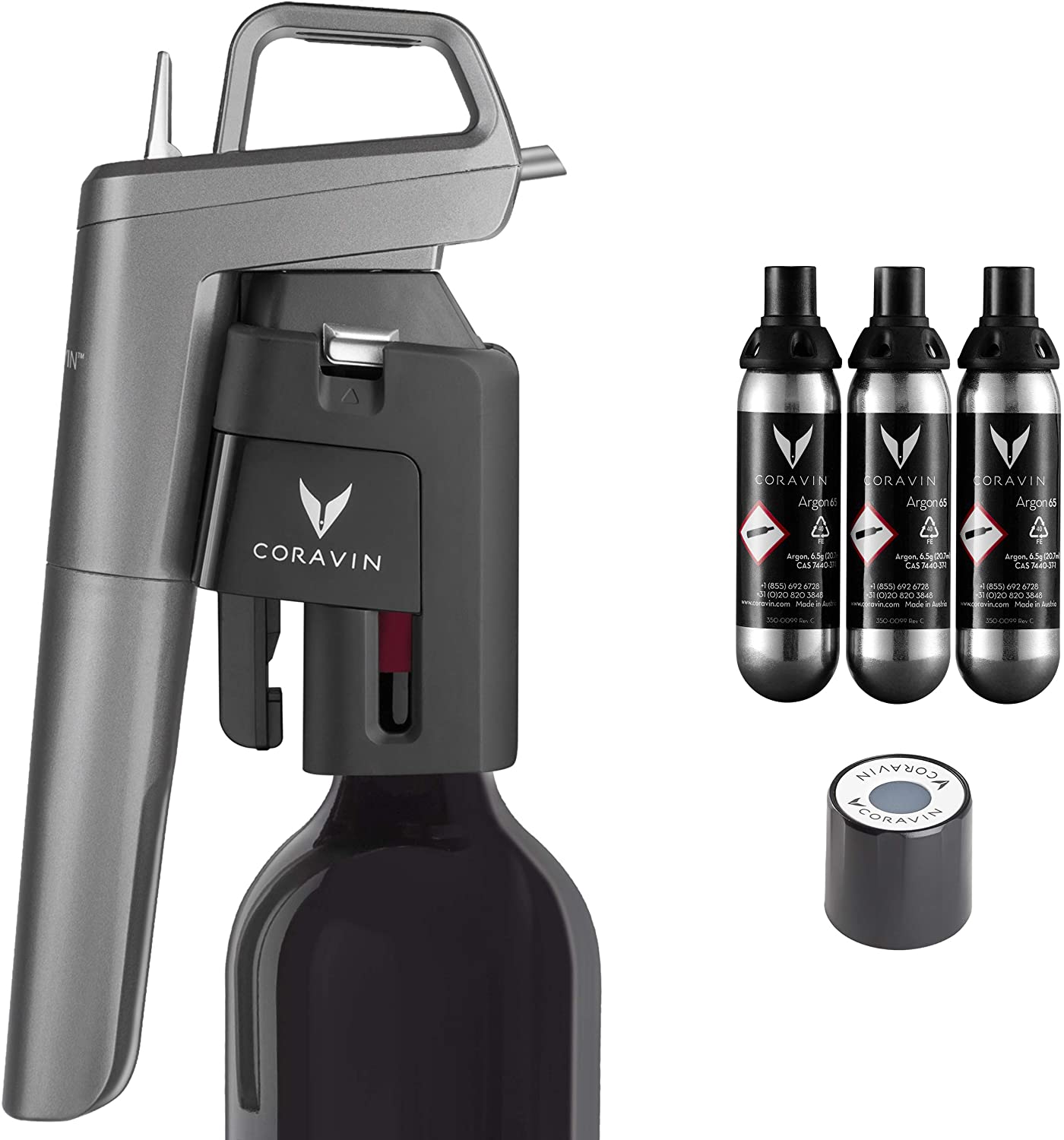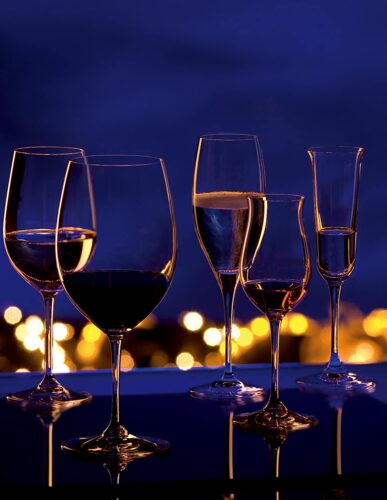Porto Winery Selection – Caves Poças
We visit the Caves Poças a Porto Winery in Vila Nova de Gaia (Porto – Portugal), where we enjoy a unique experience. We enter the world of DOC Douro wines, especially the wines of Porto Poças. The activity begins with a guided tour of the winery, where the guide tells us the story of Caves Poças, a family business and the evolution to this day. The visit was very original and relaxed because we were only two people. So we had the cellar and the attention of the guide for us. There we learned how Porto wine is made, both white and red.
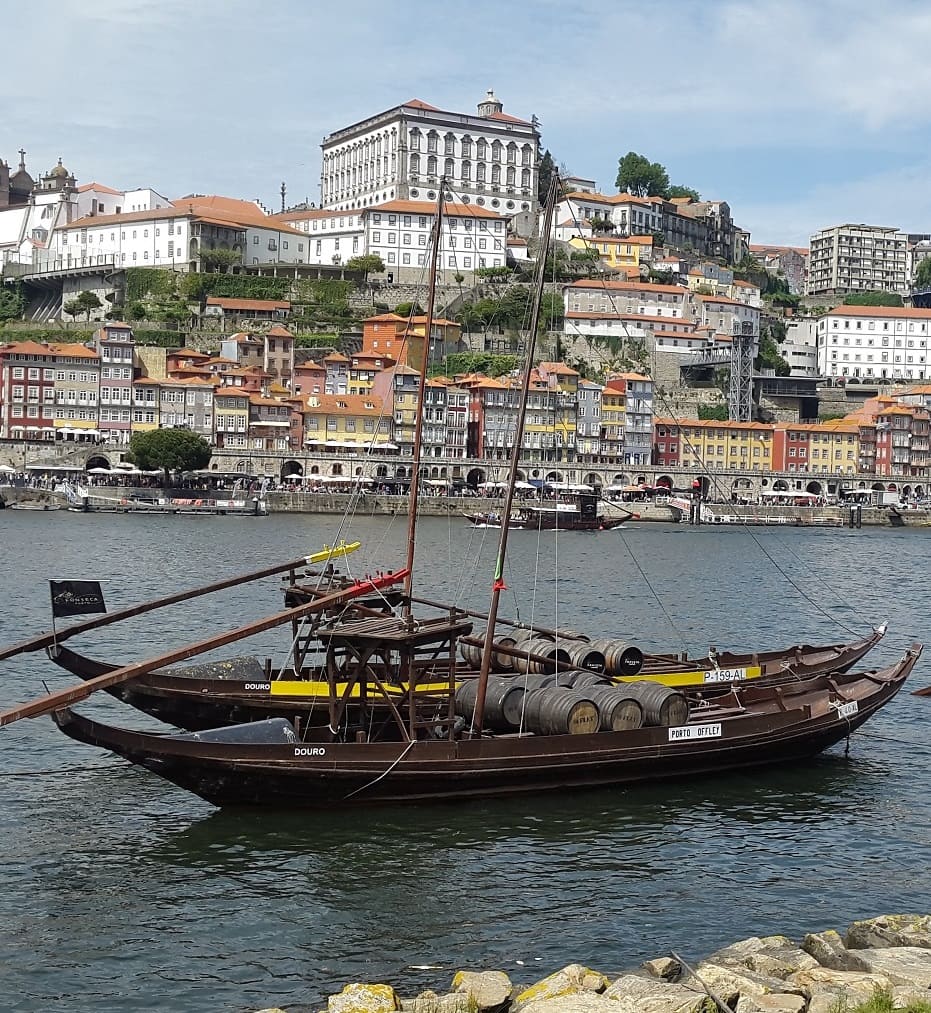
At the end of the visit we expect a tasting of Wines of Porto Poças, (Poças Tawny 10 years and LBV 2012) and 2 DOC Douro wines (Poças Reserva 2015 and Vale de Cavalos Branco).
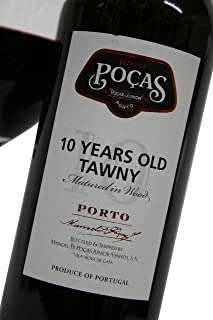
Great Britain & Porto Wine
Porto wine is produced in the vineyards of the High Duero wine region, in Portugal. Before the 17th century, this region was already known for its wines, reds and whites, although they were little consumed outside of Portugal. In 1678, England and France go to war, causing a shortage of wine in the British kingdom. To cope with the shortage of wines, the English buy it in Portugal, allied for three centuries.
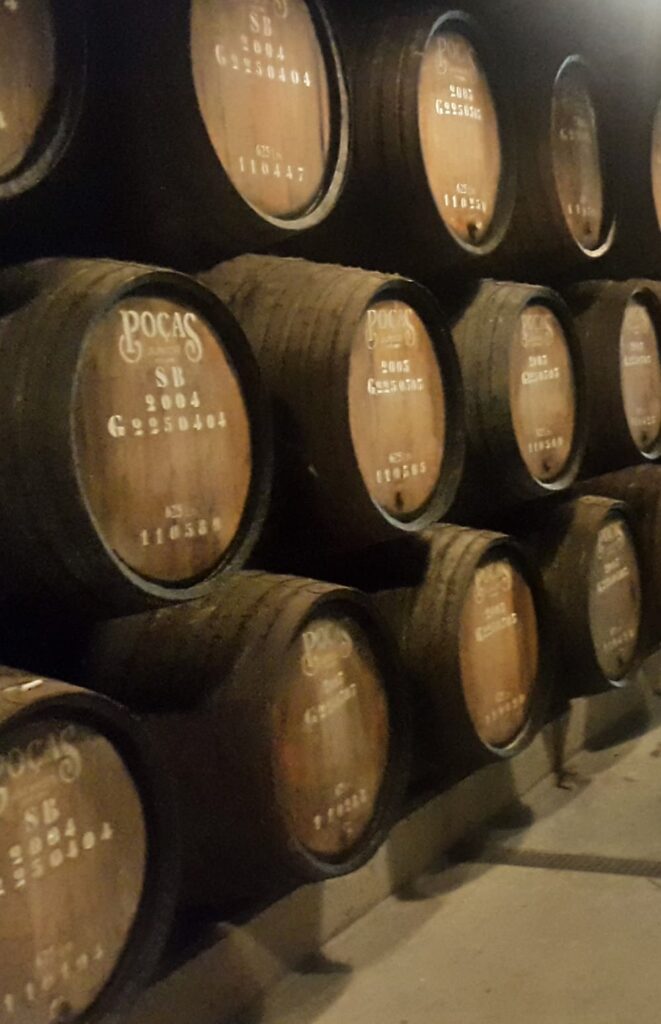
The wine from the Douro Valley began to become popular in Britain in the 18th century, because French wine was very scarce. There is a very accepted version about the origin of the port wine as it is currently known. In 1678, Liverpool merchants adopted a technique used in a monastery in Lamego to conserve wine during the trip. The technique is to interrupt the fermentation process and prevent all sugar from becoming alcohol. Then brandy is added to the wine, ensuring with this with this mixture (more alcohol and more sugar) a greater preservation power. The result is a wine with a higher alcohol content (up to 25 ° G.L.), and with a sweeter taste, due to the remaining sugar that did not finish fermenting.
The success of this type of wine in Great Britain led to the establishment of several Wineries in Portugal, of British origin, some to this day. By the 18th century, there was a British monopoly on the production of port. This monopoly lasted until the founding of the “Companhia Velha”, which marked the entry of the Portuguese into the production and marketing of this wine.
Porto Wine
The Porto wine begins its life in the same way as the other wines. In mid-September, the grapes are harvested by hand. The port wine is made from a wide range of traditional grape varieties, mostly native to the Douro region. These grape varieties give clusters of relatively small and thick-skinned berries, which produce a dense and concentrated must that is the usual for making port wine.
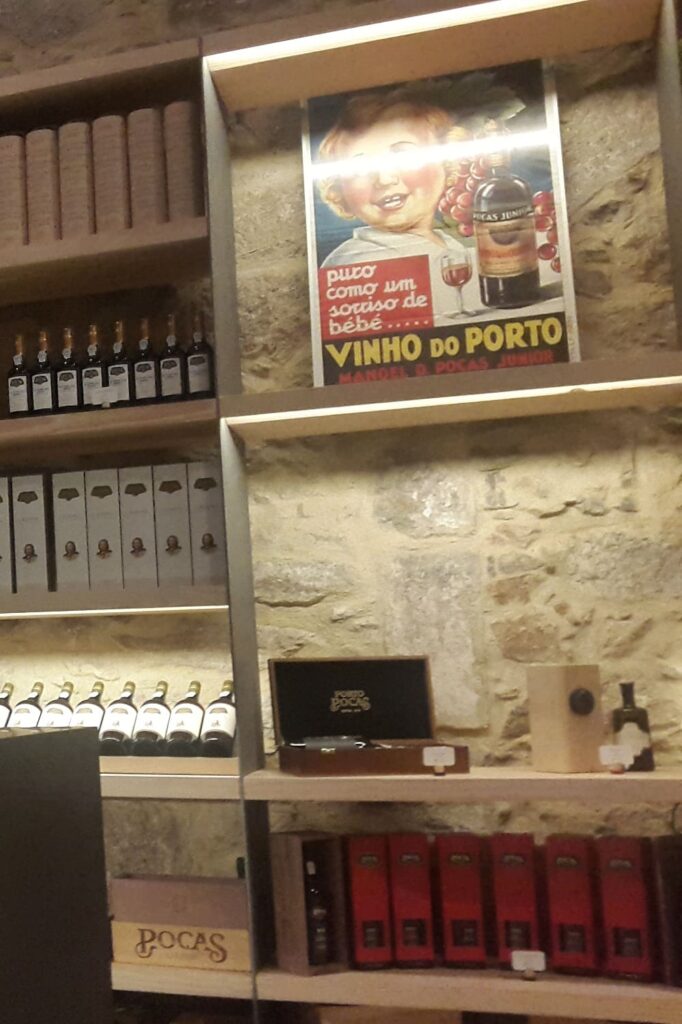
Once they have been harvested, the grapes are transported to the winery and then placed in granite wineries where they are stepped on foot or mechanically. There are wineries that still do the extraction stepping on the grapes like the Taylor Winery
Graham’s Store

First Stage of Porto Wine
The first stage of the tread on foot is called “cutting” and consists of squeezing the grapes, to release the juice and pulp of the berries.After a few hours, the fermentation begins, and the heat and alcohol it produces begin to release the color, the tannins and the aromas of the skins. Sometimes, pressing is complemented with the use of long wooden canes, called “macaques”, which serve to push the skins down.
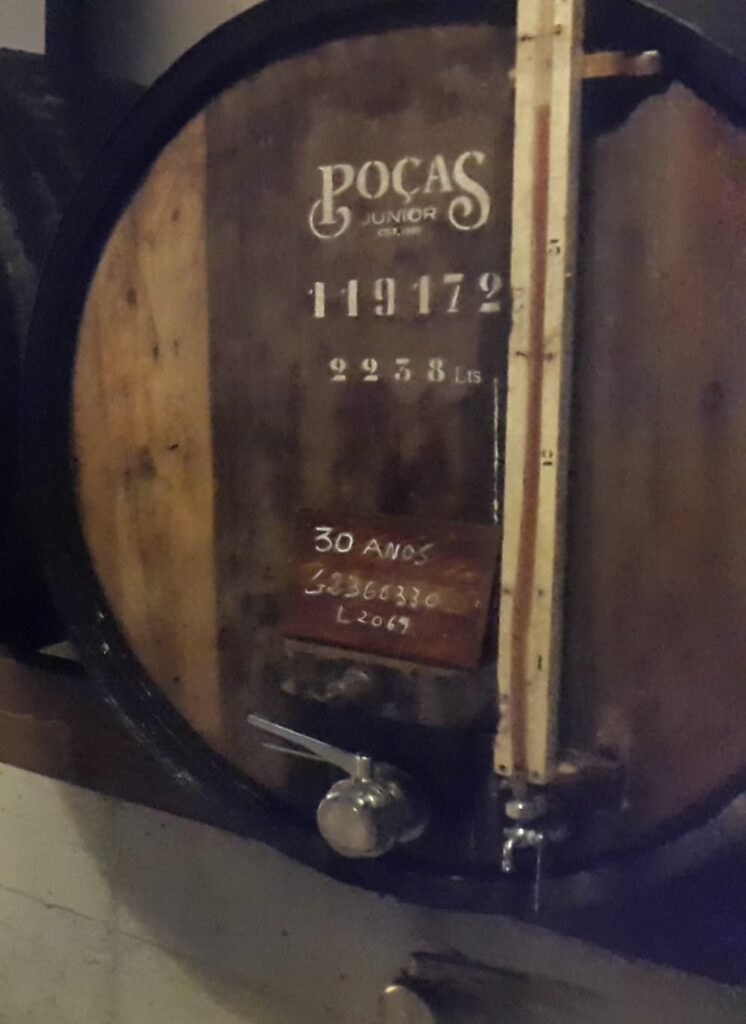
When about half of the natural sugar in grape juice has been transformed into alcohol, the winemaker gives the signal to start the process of heading. At this stage the skins begin to rise to the surface of the winery, where they form a solid layer. The wine that is fermenting under the skin layer is removed from the winery and transferred to a vat.
Alcohol is Added
As the fermented wine is transferred to the tank, a very clean and young wine alcohol is added. This colorless neutral wine alcohol, with an alcoholic grade of 77%, is added in a proportion of about 115 liters of wine alcohol for every 435 liters of wine in fermentation, although this proportion may vary. 
The addition of wine alcohol raises the wine’s graduation to a level where the fermentation yeasts no longer survive. Fermentation stops before all the sugar in the juice has been transformed into alcohol and, therefore, the final wine will retain some of the natural sugar in the grapes.
After the Harvest
After the harvest, the wine remains in the cellar, in the Douro region, where it is resting until the spring of the following year. At that height, the wine is transported to the wineries in Vila Nova de Gaia, where it will be aged. There it will be mixed with other wines and then it will be bottled. In wineries, each wine is evaluated. It is determined what style of Porto the wine will be destined for. Depending on its destination, the wine will then be placed in barrels or barrels and thus begins its aging process.
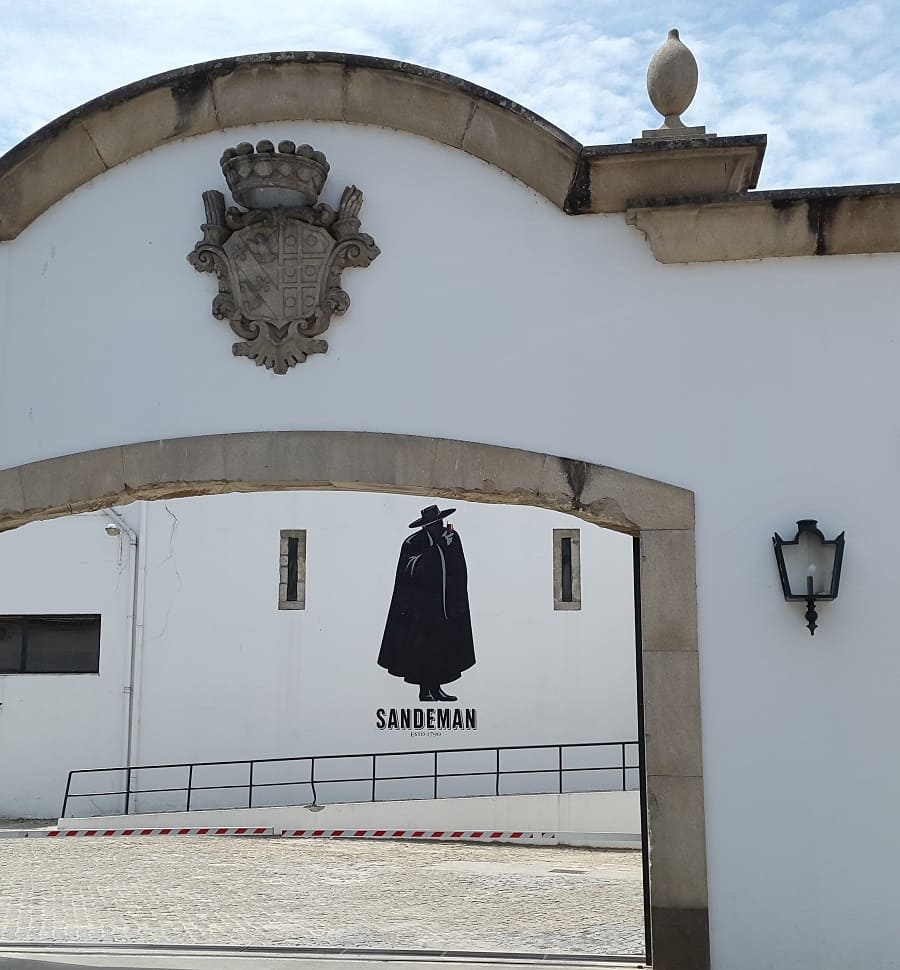
The port wine, being a generous wine and having a remarkable potential for aging and great longevity, can remain in wood for much longer than most wines. This means that it can be aged in different ways and for different periods of time to produce a wide range of styles. This diversity of styles is one of the most fascinating aspects of port wine; something that makes it one of the most versatile and varied wines of all wines.
Porto Winery Selection Tips – Caves Poças
For those interested in making a visit, the winery is located in the city of Vila Nova de Gaia (opposite Porto, on another bank of the Duero River). Rua Visconde das Devesas 168 4401 – 337 Vila Nova de Gaia – Porto – Portugal The winery is open every day of the week throughout the year, except on December 24 and 25, January 1 and June 24. Visiting hours are as follows: Winter time (October-April): 10:30 a.m. – 4:30 p.m. Summer time (May to September): 10:30 a.m. – 6:30 p.m. Parking is available in front of the facilities. The visit is adapted for people with reduced mobility. The minimum number of people to visit is 1 person and the maximum is 50. Porto Winery Selection Visit The approximate duration is 1 hour and the languages of the guided tour are: Portuguese, English, French, German, Spanish and Italian. Guided tours begin at 10:30 am and these are the schedules that follow: 11:30 am 12:30 hours 1:30 p.m. 2:30 p.m. 3:30 p.m. 4:00 p.m. See TSA Liquids Rules 2022 and TSA medical & Diabetes Rules Before Travel
Related Post: A Good eReader to Enjoy on Any Trip
- Power Bank Travel Gadget
- SONY DPT RP1/B Digital Paper
- Kindle Oasis Waterproof
- Best smart Luggage
- Best Travel Gadgets & Accessories
- Onion French Soup
- Cod to Portuguese
- Porto Wine Wiki
- Amazon Luggage Top
Coravin Model Five Premium – Wine Preservation System, Includes 3 Coravin Pure Capsules and 1 Coravin Screw Cap 